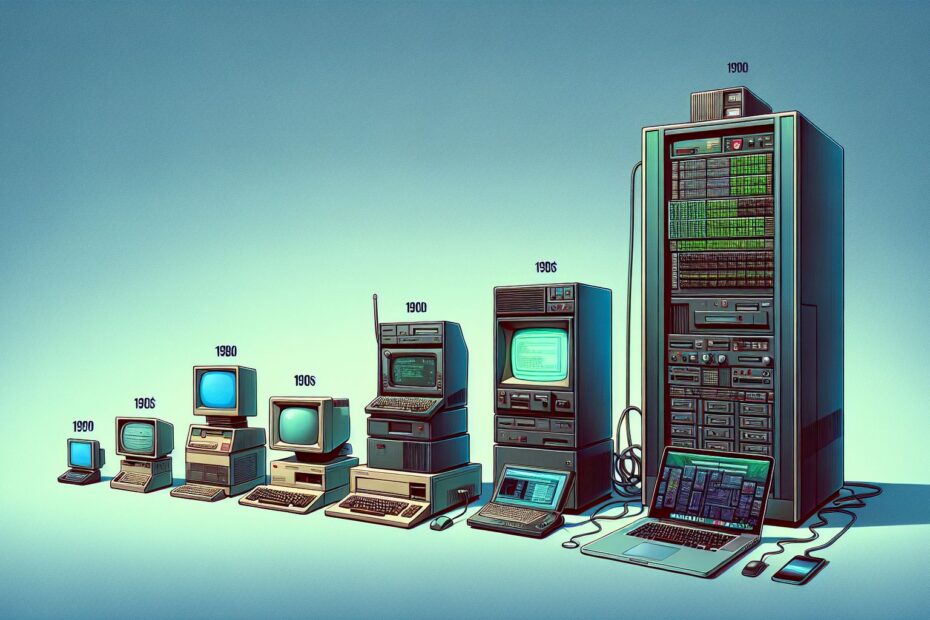Computers have become an integral part of our daily lives, transforming the way we work, communicate, and access information. From the massive mainframes of the 1950s to the sleek laptops and tablets of today, the evolution of computers has been nothing short of revolutionary.
The Early Years: Mainframes and Minicomputers
In the early days of computing, computers were massive machines that filled entire rooms. These mainframe computers were incredibly powerful for their time, capable of processing vast amounts of data and running complex calculations. However, they were also incredibly expensive and required specialized knowledge to operate.
As technology advanced, minicomputers were introduced, offering similar capabilities to mainframes but in a smaller, more affordable package. This made computing power more accessible to a wider range of businesses and organizations, paving the way for the computer revolution that was to come.
The Rise of Personal Computers
In the 1970s and 1980s, the personal computer revolution began with the introduction of machines like the Apple II and IBM PC. These early PCs were much smaller and more affordable than their predecessors, making them ideal for individual users and small businesses.
The introduction of graphical user interfaces and the mouse further revolutionized the way we interacted with computers, making them more intuitive and user-friendly. This, combined with the rise of the internet in the 1990s, transformed the personal computer from a productivity tool to an essential communication and information resource.
The Mobile Revolution
In the early 2000s, the rise of smartphones and tablets brought computing power to the palm of our hands. These mobile devices offered unprecedented levels of connectivity and convenience, allowing us to access information and communicate with others wherever we went.
The introduction of app stores further expanded the capabilities of mobile devices, with millions of apps available for everything from productivity and gaming to shopping and entertainment. Today, mobile devices have become an essential tool for both personal and business use, allowing us to stay connected and productive on the go.
The Future of Computing
As technology continues to advance, the future of computing holds even more exciting possibilities. From artificial intelligence and machine learning to quantum computing and virtual reality, the next generation of computers promises to be more powerful and versatile than ever before.
Cloud computing is also poised to revolutionize the way we store and access data, offering flexible and scalable solutions for businesses of all sizes. With the rise of remote work and the gig economy, the ability to access information and collaborate with others from anywhere in the world will be more important than ever.
In conclusion, computers have come a long way since the days of mainframes and minicomputers. From the personal computers of the 1980s to the mobile devices of today, the evolution of computing has been marked by innovation and progress. As we look to the future, the possibilities for computers are endless, and we can only imagine what exciting developments lie ahead.
